An ancient and mysterious megalith immersed in a spectacular forest full of other wonderful archeological and historical sites
Our beautiful planet is full of ancestral sites where the presence of human beings since the prehistoric age has created a never-ending connection with other human beings that kept living and transforming those areas until today. Italy is dominated by this richness and everywhere it is easy to come across ruins from the past that through the centuries have accumulated layers of different civilizations. These civilizations have never really disappeared because they still live in the worked stones they left to us and any time we touch these rocks it is an experience of spiritual connection.
It happens that many of these treasures of the past are now wrapped by thick forests and vegetation, and that are waiting to be uncovered and discovered. This is what happened to the Etruscan Pyramid in Bomarzo (Viterbo), a huge rock with altars and steps remained hidden in the deep forest up to the last decade of the 1900s. A marvelous worked boulder that upon the first impression is reminiscent of Mayan Pyramids discovered in the jungles of Belize and Mexico. Though, when two local archaeologists named Giovanni Lamoratta and Giuseppe Maiorano stumbled across it in the spring of 1991, this discovery didn’t receive the deserved attention and this monumental pyramid remained unknown to the world until 2008.
In 2008, in fact, the agriculturist Salvatore Fosci, a local resident of Bomarzo with a passion for history, re-discovered this magnificent stepped-rock and voluntarily worked to clean out the dense vegetation and roots grown around it. The result of his hard work was impressive and this time the discovery aroused the interest of society and academia. Fosci was inspired by the tales of his grandfather and father who for many years worked in those woods as sort of custodians. They used to call this Pyramid Sasso del Predicatore (Stone of the Preacher) or simply Sasso con le scale (Stone with Steps) and never could imagine its real importance. Thanks to Salvatore Fosci this amazing boulder of rock has been returned to its ancestors whose spirit seems now to wander through the woods and on the surface of the stones. Being in this site is like living a mystic experience, where the vibrations all around put us in continuous connection with history and the past human beings.
Etruscan Pyramid of Bomarzo
It is an autumn morning when for the first time I head to Bomarzo to attend the excursion to the Etruscan Pyramid. It is pouring! I am quite uncertain if to proceed into the woods considering the terrible weather conditions but my tour guide Anna Rita Properzi clears my doubts: the reward for the hike is too high and no rain could stop our intention to arrive at the Pyramid!
Surrounded by beech trees that dominate the Cimini Mountains we start to follow the trail which leads to the Pyramid but also to a marvelous archeological site, medieval mills, waterfall, and finally to a castle with its imposing tower. The trail is also a site of amazing botanic treasures that enrich the vegetation with a triumph of different shaped-leaves, colorful berries, mosses, and climbing ivies. The oxygen emanating from the trees is so intensive and the smell of the forest is typically autumn. Unperturbed by the lashing rain, we walk downhill through the via cava, a narrow path excavated by Etruscans similar to a canyon.
A few steps more and I have in front of my eyes the magnificent view of the monumental Etruscan Pyramid. The effect is overwhelming. I remain stuck to admire it from the right distance to grasp enchanted all of its extraordinary beauty. A breathtaking experience. Although the name of this ancient boulder suggests the shape of a pyramid, I immediately notice that, actually, it is very different from a pyramid. It has its own particular shape that makes it even more unique. Besides its origin are still uncertain, inasmuch for many archeologists, the Pyramid dates back to the Bronze Age, while other scholars attribute it to Romans. Though, in all likelihood, they were the Etruscan builders that around the 7th century BC carved this mysterious megalith from an enormous rock of peperino, a volcanic grey rock quarried in the Cimini Mountains. They were an ancient people living in the area corresponding roughly to Tuscany, western Umbria, northern Lazio. Their civilization dates back to the 8th century BC and it endured until its assimilation into the Roman society, which started in the late 4th century BC, and was completed in 27 BC with the establishment of the Roman Empire. The Etruscans developed a vibrant artistic and architectural culture that has left us a tremendous heritage made of painted tombs, sarcophagi, sculptures, inscriptions, pottery, personal ornaments, metalwork, carts, and so on. And it is beautiful to think that most probably they left us also this marvelous megalith that I have now right in front of me.
To get an idea of the hugeness and stateliness of this pyramid, we have just to think that it measures about 16 meters (53 feet) long, 7 meters (24 feet) at its widest point, and 9 meters (30 feet) tall. And with its 28 steps, two minor altars, and a main one on the rock summit, the Etruscan Pyramid is one of the wonders of the world, immersed in an archaic and enigmatic site, for someone even esoteric or spiritually magical. Although there is no real proof that this Pyramid was used also for humans or animal sacrifices, it is sadly probable because these rituals were a common practice around the ancient world, as shown also in the sacrificial depictions in Etruscan tombs. The same structure of the Pyramid, with its channels and hollows, suggests the use of drainage for sacrificial fluids.
Saint Cecilia Necropolis
When you come to this site you have immediately the feeling that this immeasurable beauty of the Pyramid is in harmony with the spirituality of the forest that hosts it. In fact, just a few steps away, you are enchanted by another archeological wonder that is the Saint Cecilia Necropolis with its rock houses, the pyramidal altar, the human-shaped sarcophagi, and the remains of a 12th-century medieval church that gives the name to this site. You can still identify the apse, the presbytery, the altar stone, and a number of Christian symbols. The sound of the rain that hits the water that fills the ruins of sarcophagi makes this site even more mysterious and sacred.
In the proximity of this church of Saint Cecilia there is another caved house that to me seems to belong to a magic world. With door and windows, and shaped like an open-air altar, it captures my imagination and gives me the feeling that some gnomes live there. What a wonder!
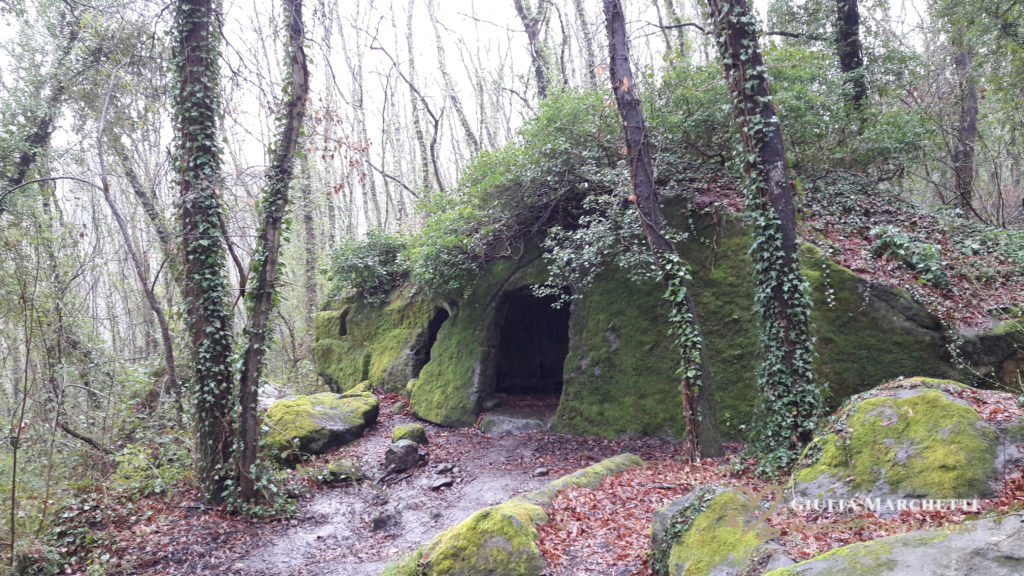
Finestraccia (Ugly Window)
As I walk along the path I am impressed by another stone structure, so-called Finestraccia (Ugly Windows). The experts believe it once served as an Etruscan tomb and, in the medieval age, it became a dwelling. Even though the exact age of this tomb is unknown, it may date to around the 7th century BC like the pyramid. Perhaps it received the nickname Ugly Window because of the inaccurate proportions of the windows and door of the tomb. The Finestraccia originally had two floors: the bottom floor contained the tomb and the sarcophagus while the upper level was a dwelling or storage area. The upper part of this ancient tomb shows a beautiful natural sculpture whose shape recalls the handle of a cup. It is the effect of erosion by weathering on the volcanic rock. As I look at this impressive structure, I can’t help thinking that it is another example that testifies as in history human beings have created a never-ending connection with their ancestors keeping, using and adapting the same structures for different purposes.
Pasolini’s Tower
Continuing to walk in the woods, I come across other ruins from the past that emerge from the wild nature as enchanting wonders. Medieval bridges, streams, waterfalls, watermills, and wonderful hidden passages paved with basoli, slabs of volcanic rocks used in ancient times to build paths and roads. Nature seems to devour day by day the ruins of the medieval mills that operated until the 1950s and now stand uncertain in front of my eyes. Deprived of their roof, these watermills seem to surrender defenseless to the mortal embrace of the vegetation and its roots.
As I keep walking, the silent melancholy of this scenery is interrupted by the vivacity of the adjacent waterfalls of Fosso Castello. The din of the falling water and the beauty of this landscape make me understand why the Italian director, poet, and writer Pier Paolo Pasolini in 1964 chose this site as a set for what is considered his cinematic masterpiece, the film Il Vangelo Secondo Matteo (The Gospel According to Saint Matthew).
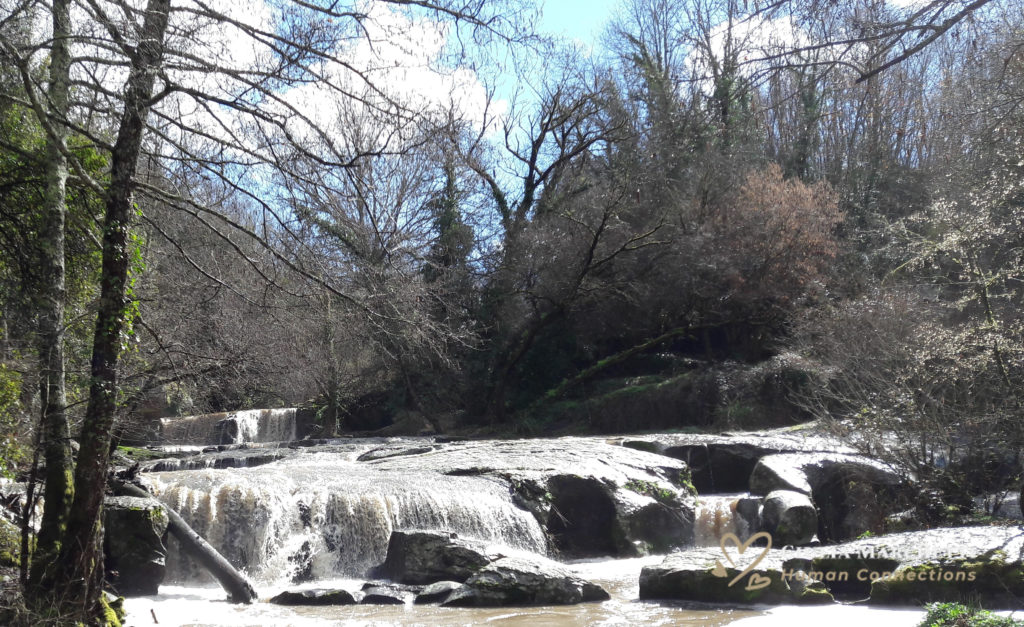
The Maestro, as the local people used to call him, fell in love with the nature of these woods and countryside near the little village of Chia, and ended to buy a beautiful tower that is all that is left of the 13th-century Castle of Collecasale.
He restored this so-called Torre of Chia and built himself a small house at the foot of the structure that became his retreat and source of inspiration to write his final novel Petrolio (Petroleum). Though, sadly, the manuscript remained uncompleted because he died under mysterious circumstances on the night between the 1st and 2nd of November, 1975, on a beach in Ostia (Roma).
A never-ending connection with our ancestors
With my tour guide Anna Rita Properzi and the small group of friends, I take a walk around the wall of the castle ruins and the Tower before heading back home. As I walk along the last stage that leads me back to the starting point I can’t help thinking how amazing this excursion was.
I walked all day long through the woods and along spectacular Etruscan tagliate (excavated road) following the path marked by Salvatore Fosci and his father to reach the Etruscan Pyramid. Walking through one only path, I encountered the Bronze age and I have gone through many successive ages until I arrive at a restored ancient Tower of a contemporary poet and writer.
Everywhere I had been I received proof that the presence of human beings since the prehistoric age has created a never-ending connection with other human beings that kept living and transforming the same areas and structures until today. The Pyramid was used by Etruscans and their posterity and so the site of Saint Cecilia shows the traces of many eras. Ancient Etruscan tombs were reused as dwellings in medieval ages, and medieval watermills were used for the same purpose until the last century. A beautiful Tower of the 13th-century became a refuge for a man of our times and the small village of Chia is still inhabited a thousand years after its foundation.
Italy is dominated by these examples and what we are now is just the fruit of what we were then. Even on my face, I can recognize the same features of the Etruscan women’s face, as my eyes and my cheekbones. I like this never-ending connection with other human beings and not just the one we experience in our present life, but also the connection we have with the past, through the spiritual bond that still binds us to our ancestors. And that’s the reason why I strongly believe in the infinitive power of Human Connections!
Post scriptum
I am at home and I realize that I am completely soaked. I cannot take away my clothes. I smile to myself: I didn’t notice it so far, because I was so fascinated by that wonderful world that at some point I forgot it was raining.


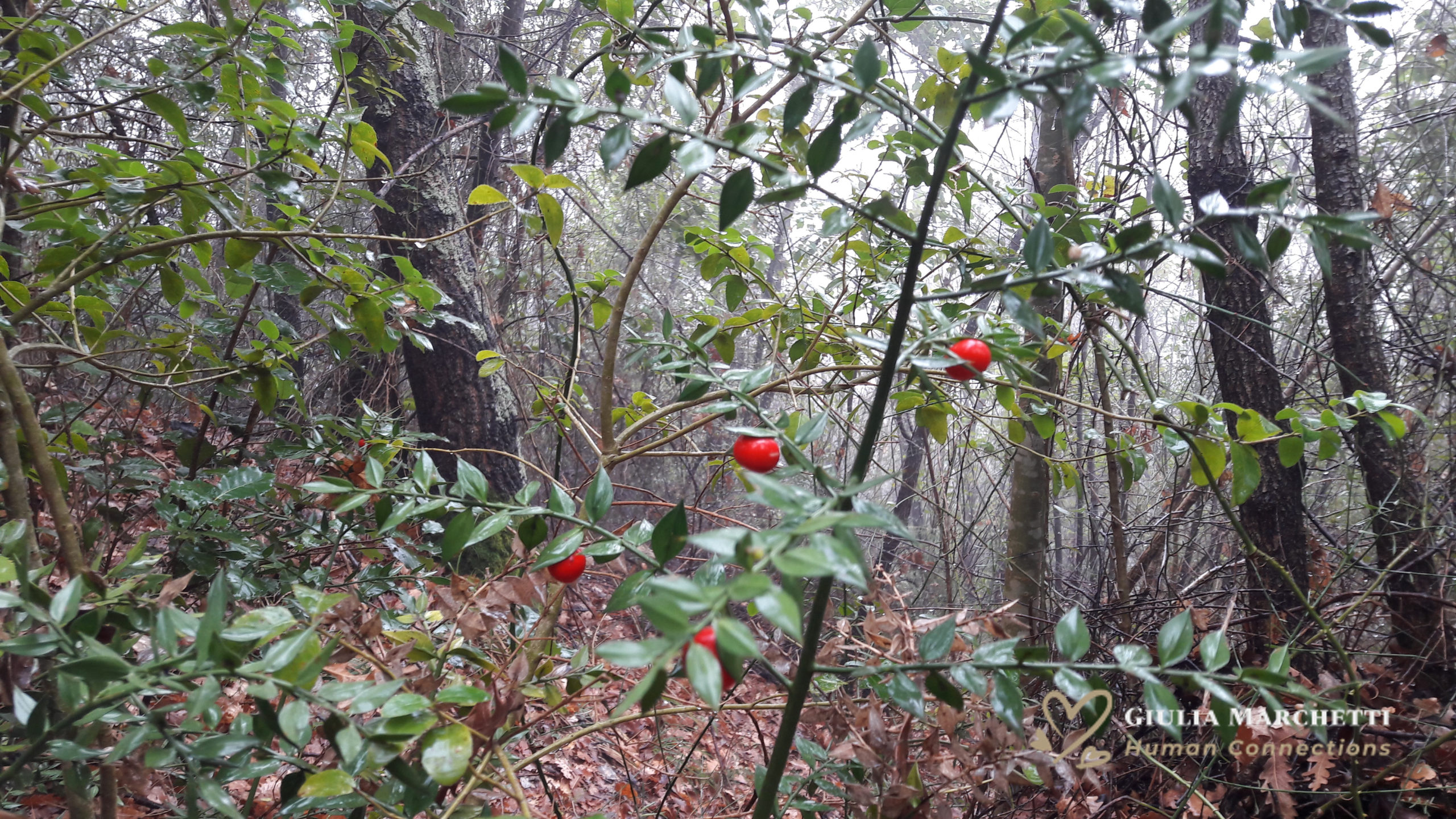

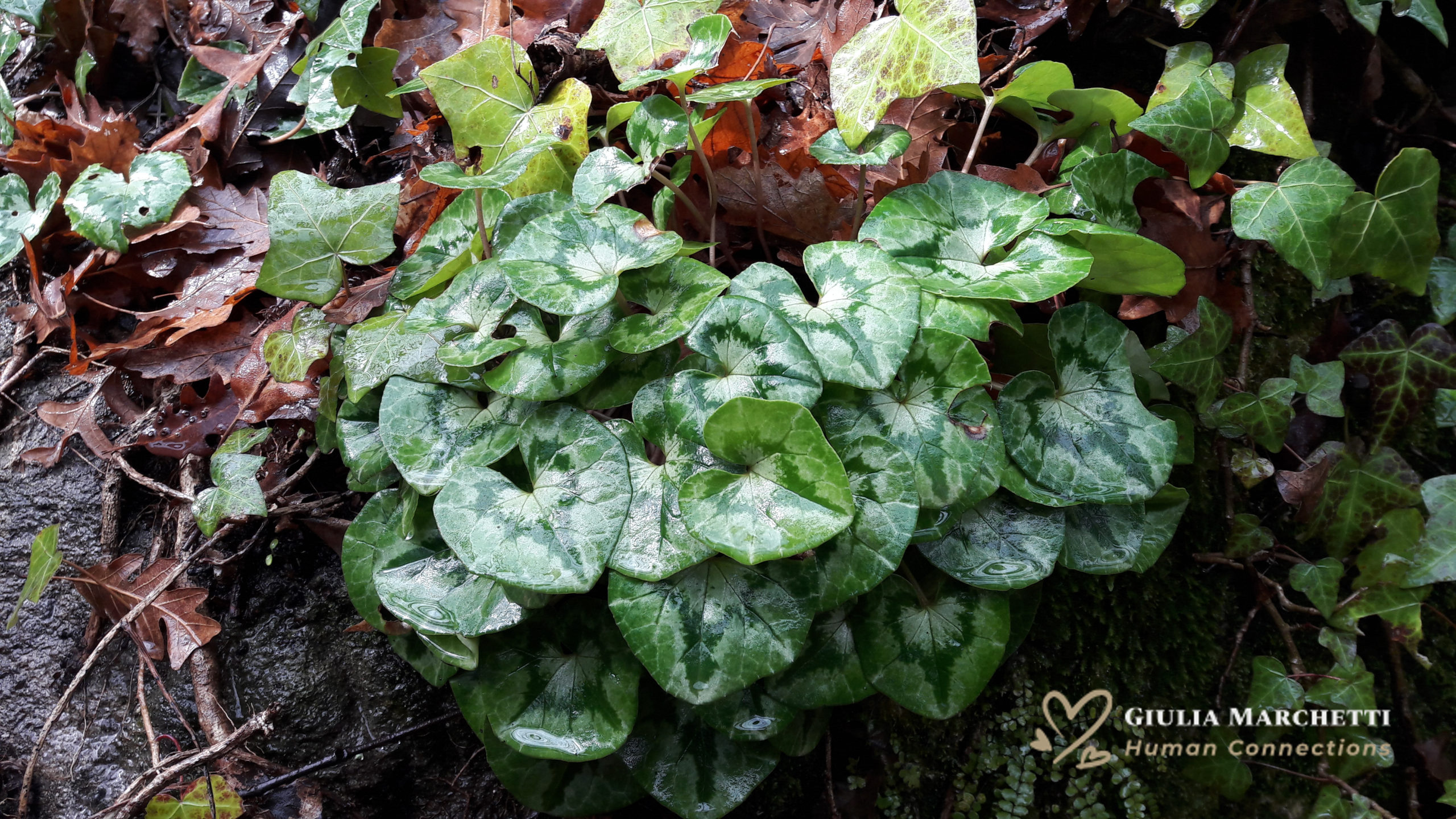


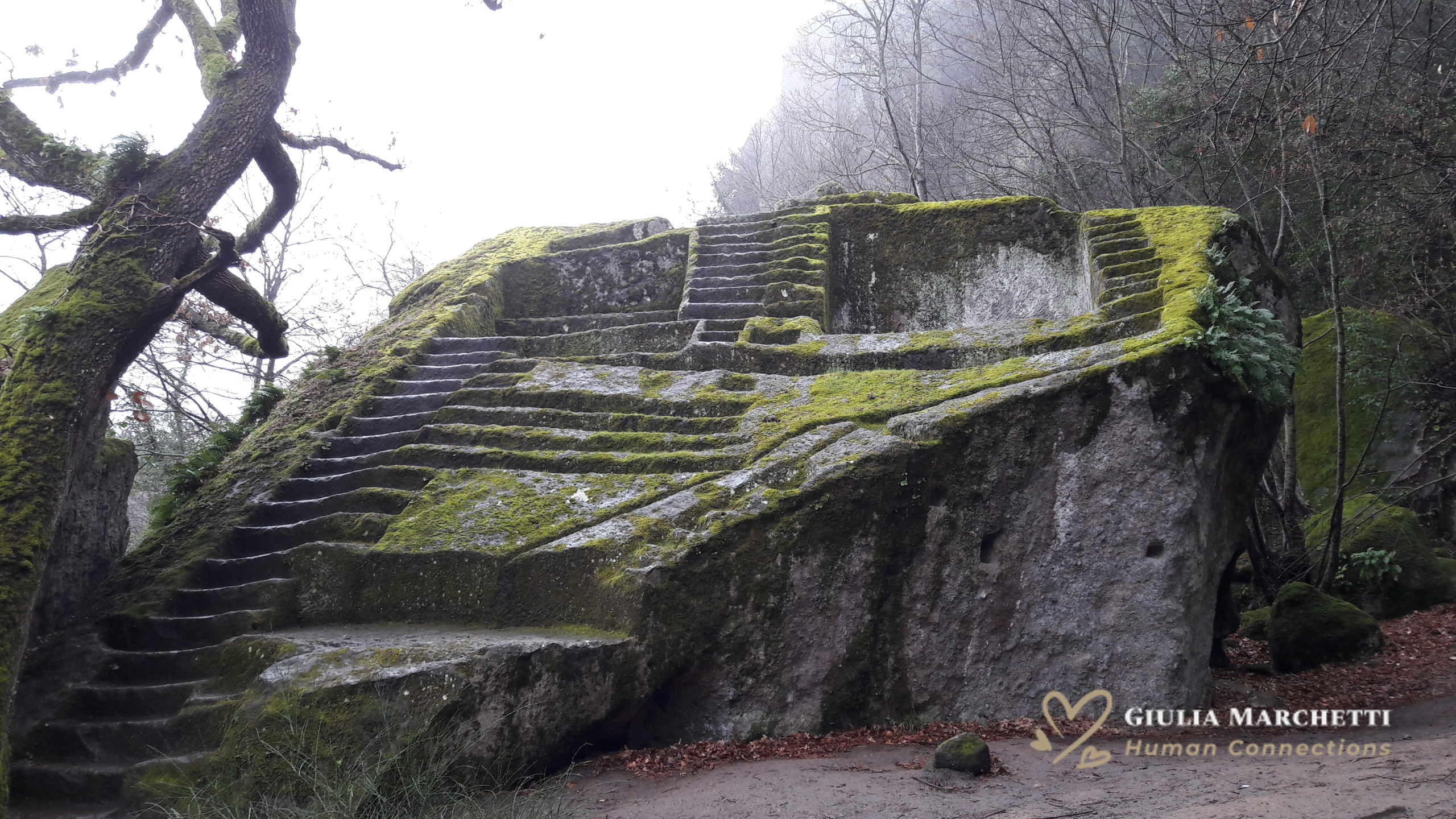

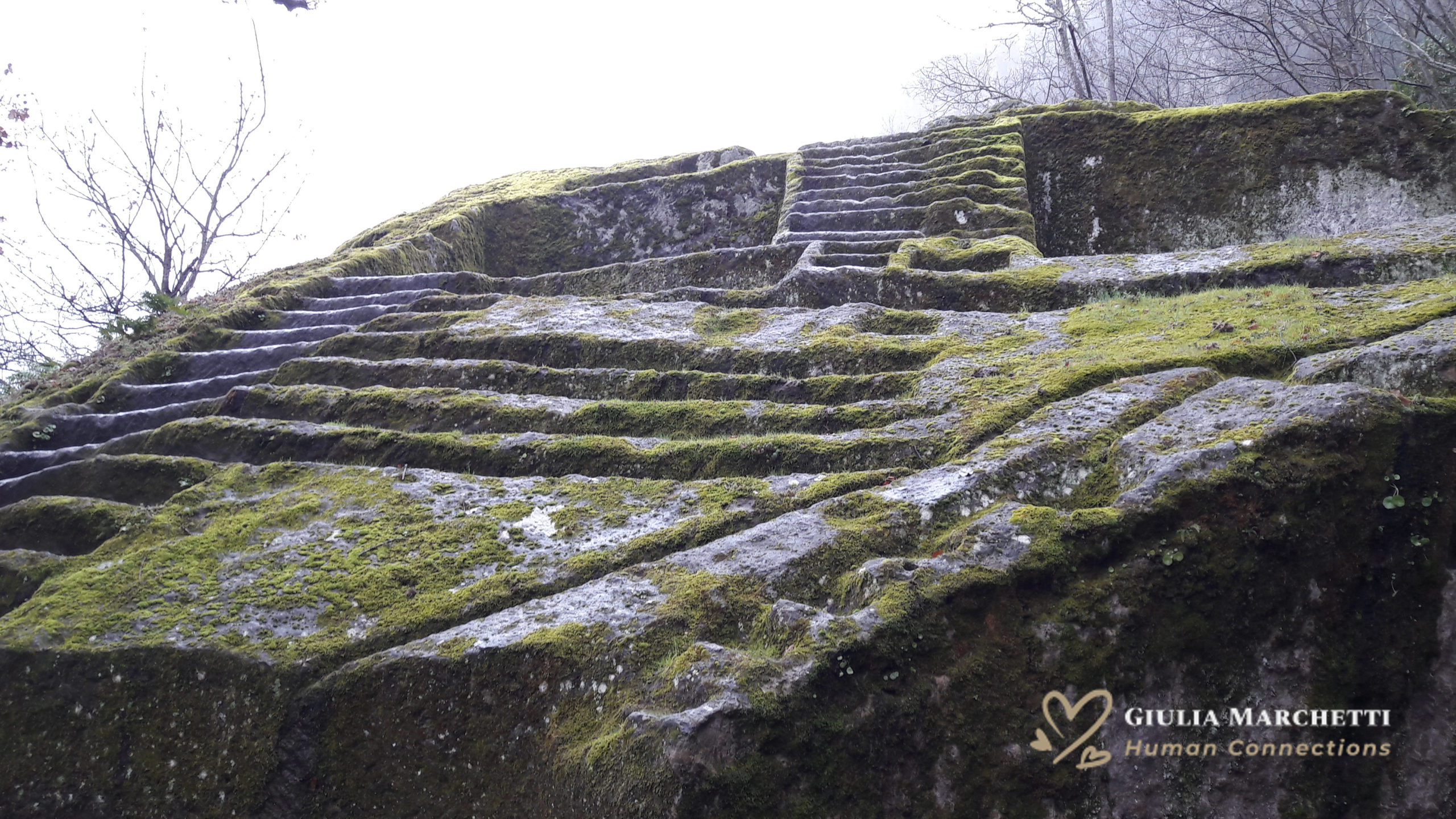

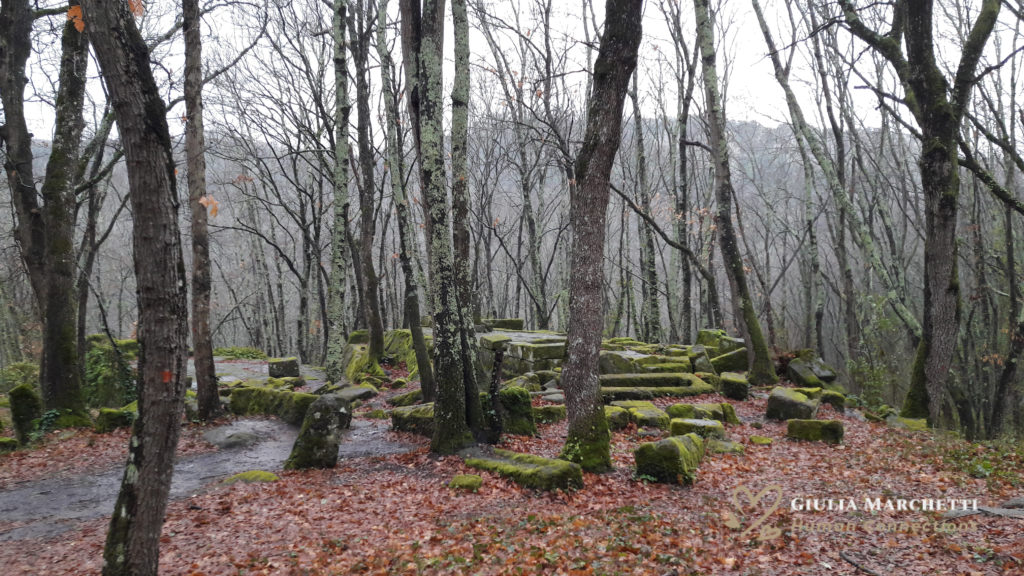
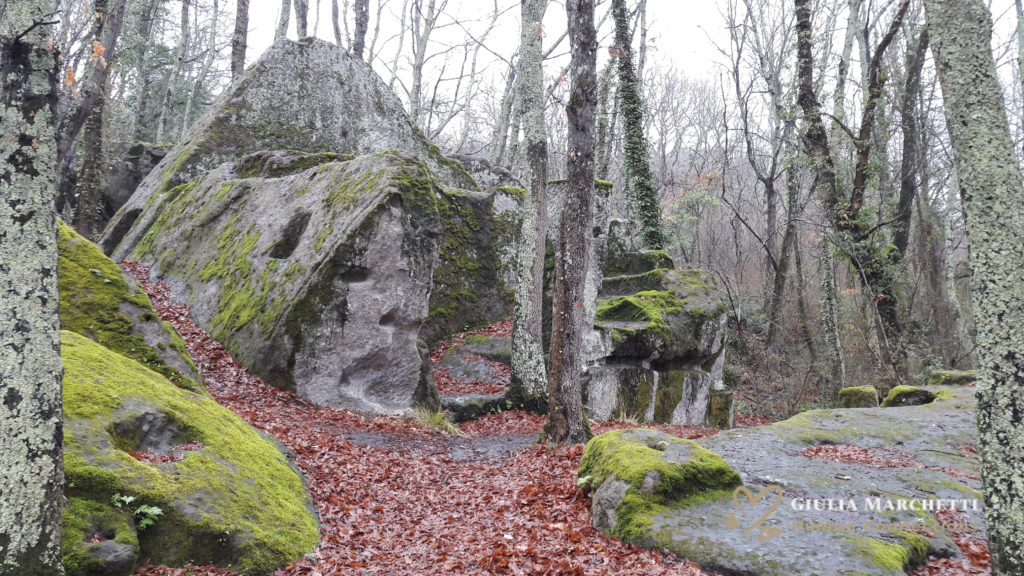
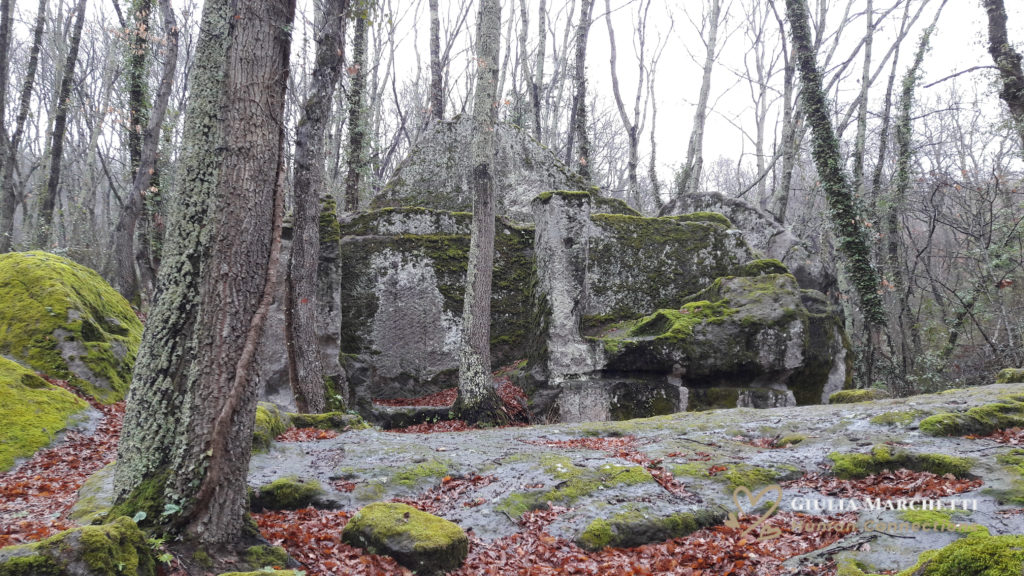
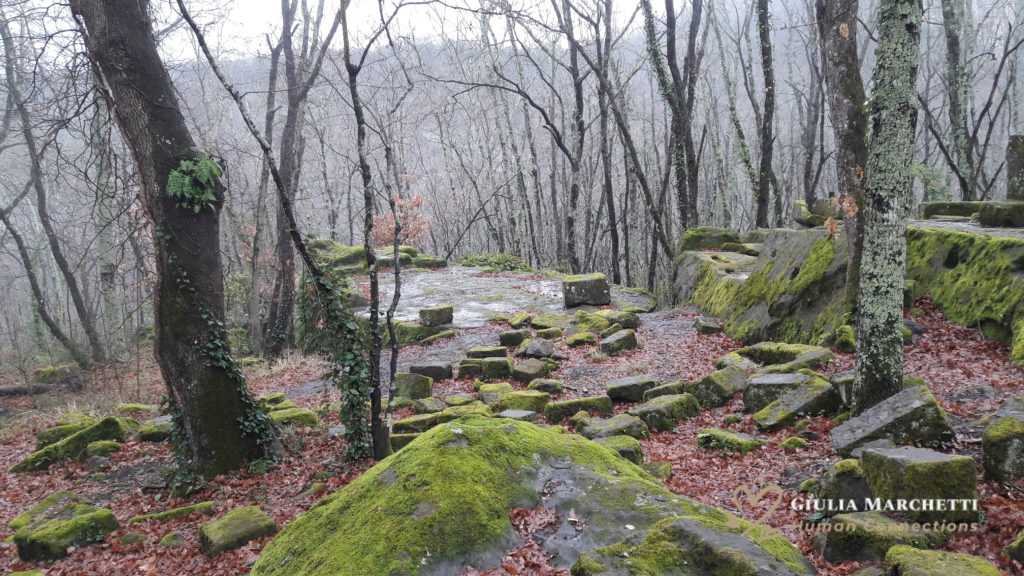
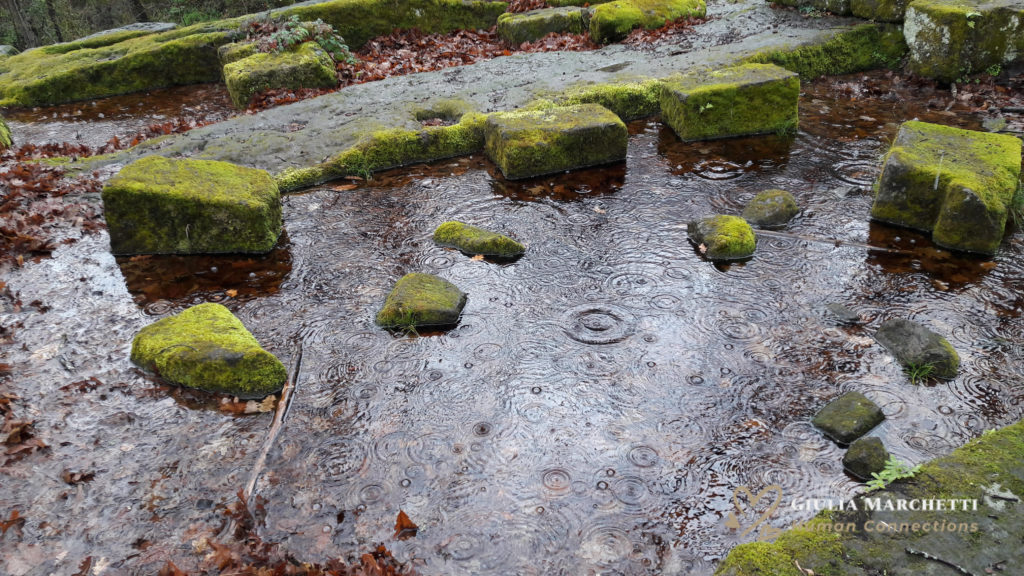
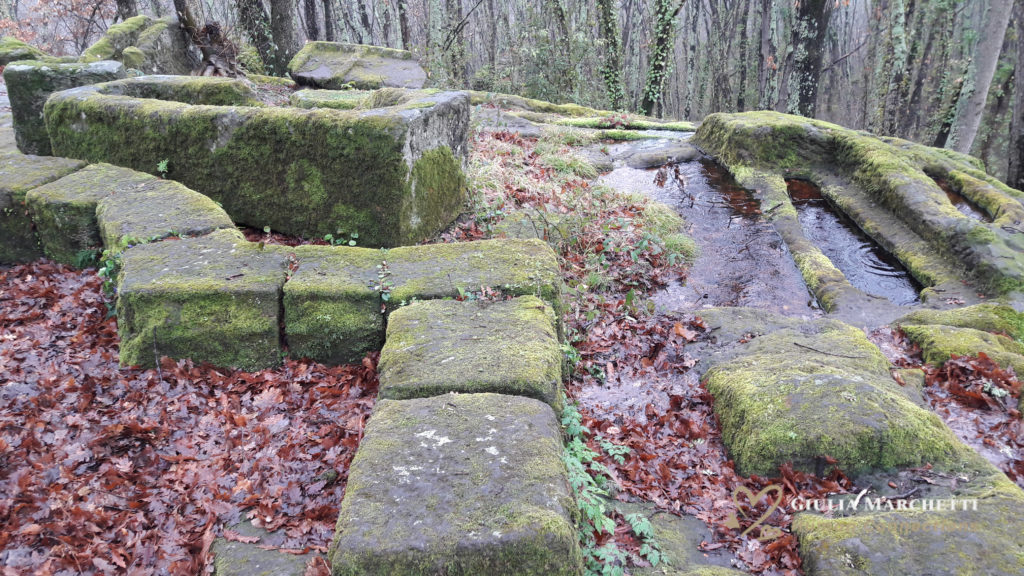
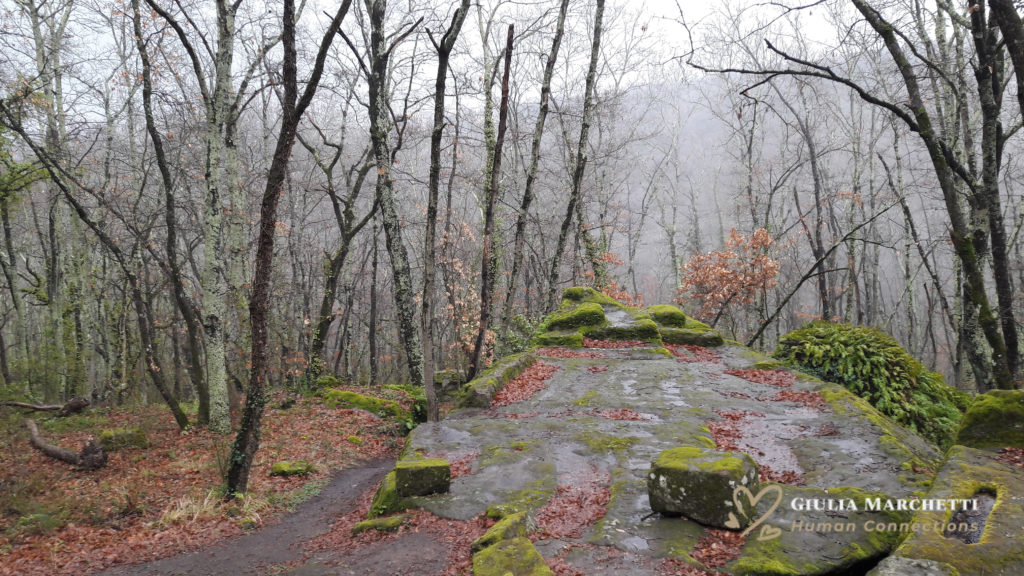
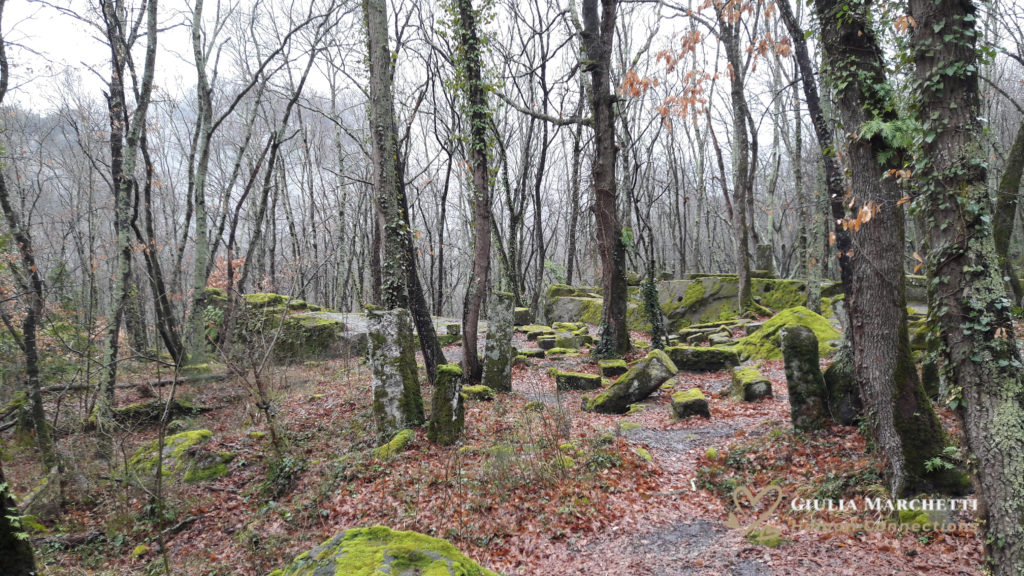

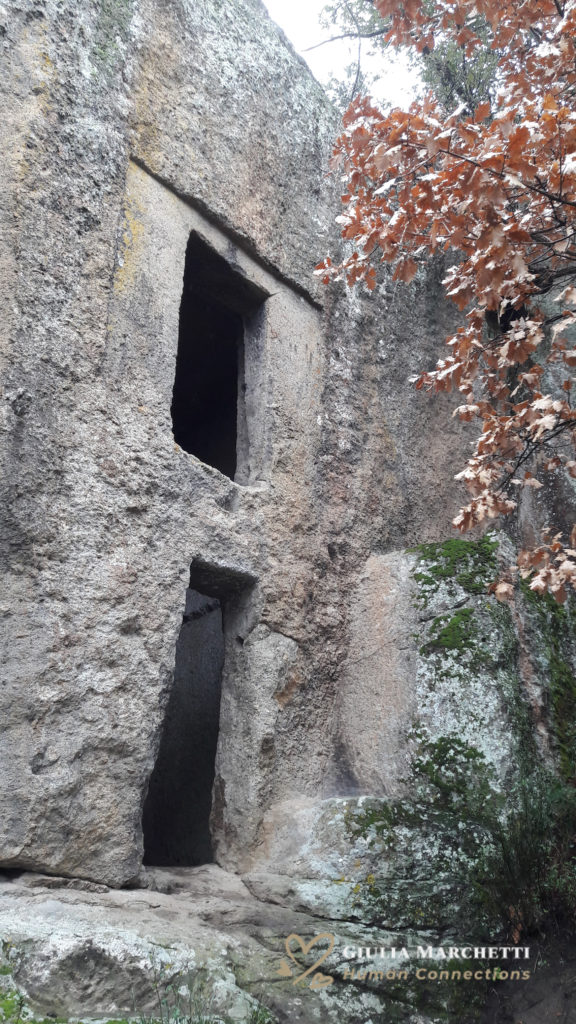
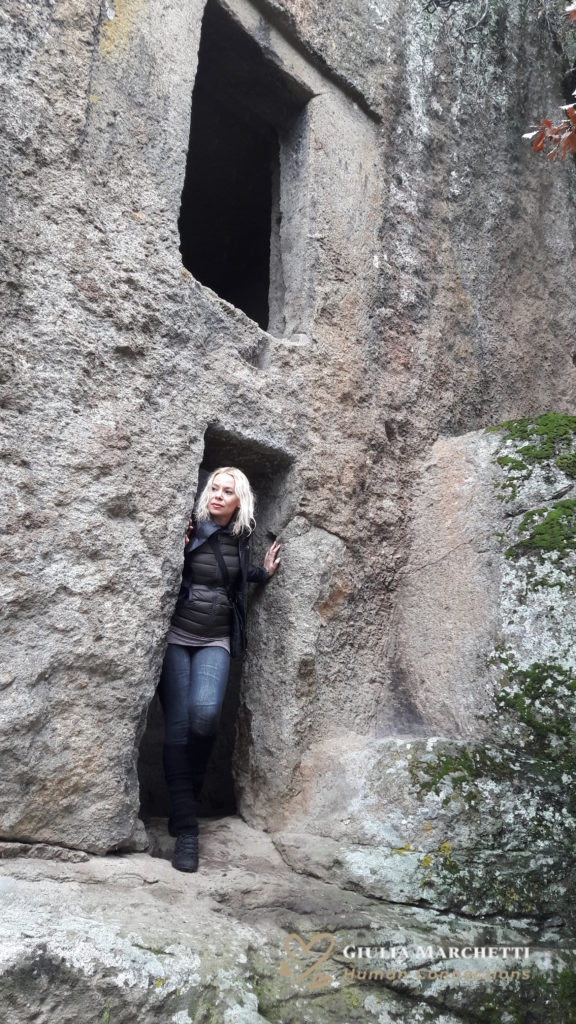

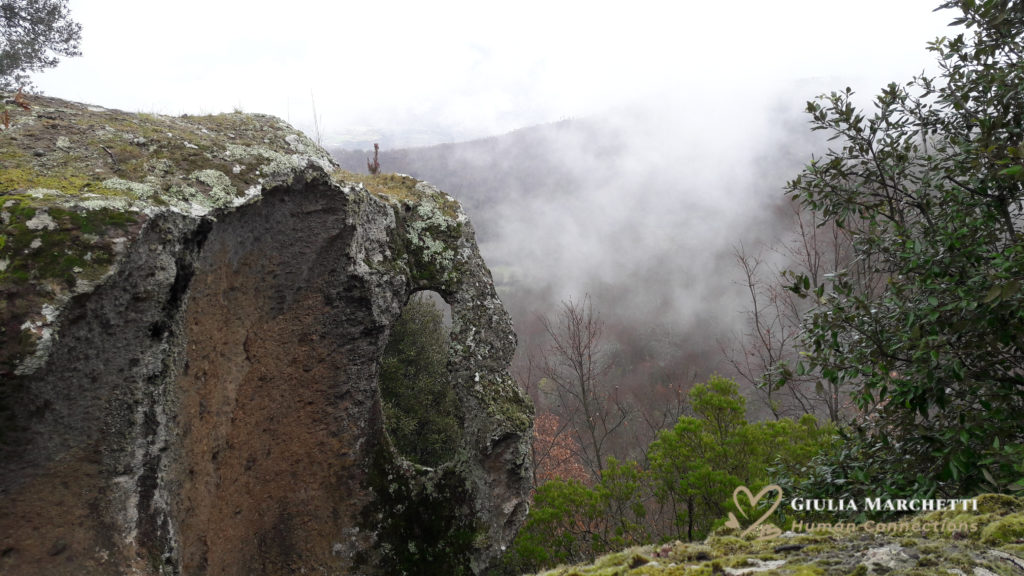
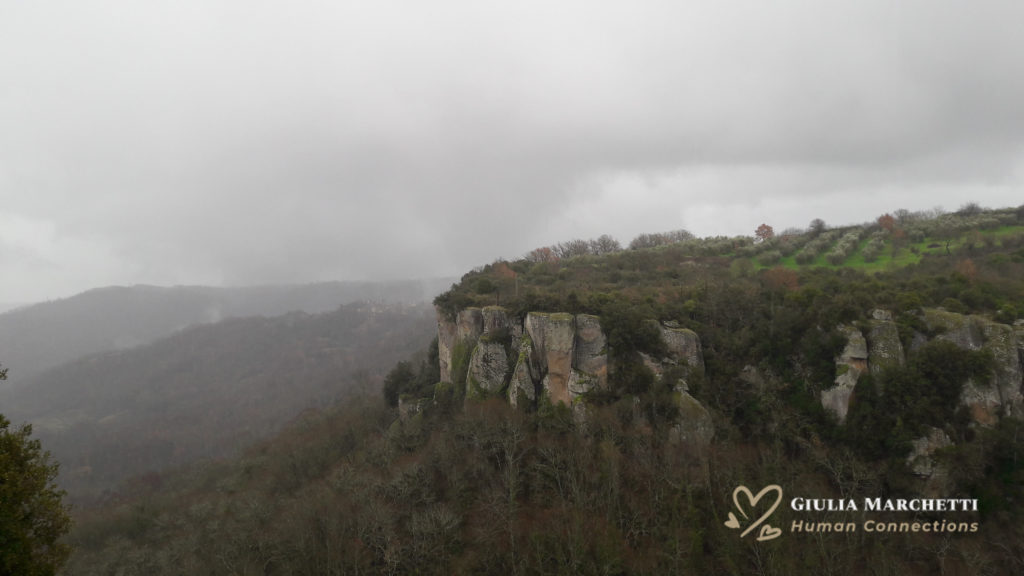
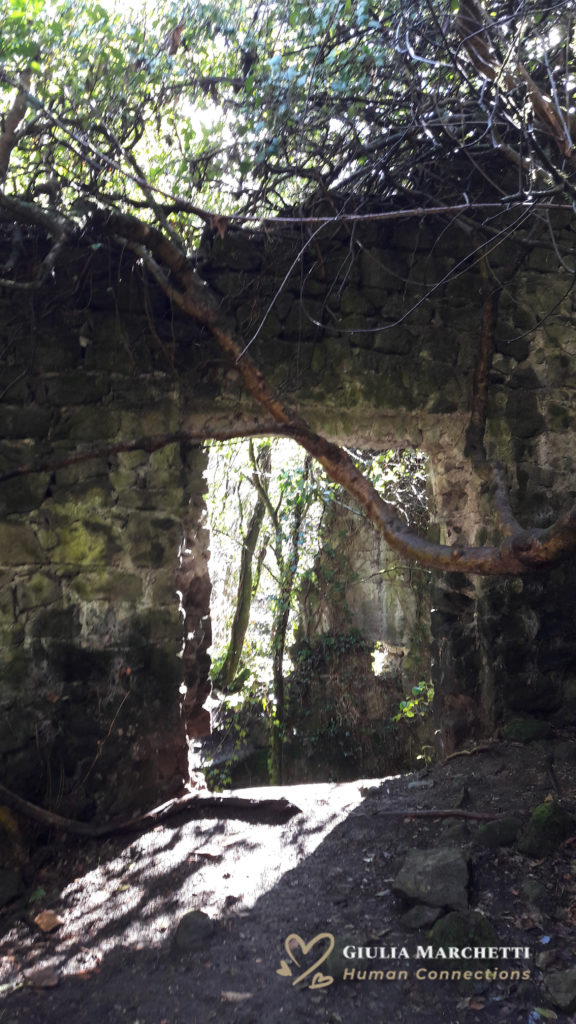
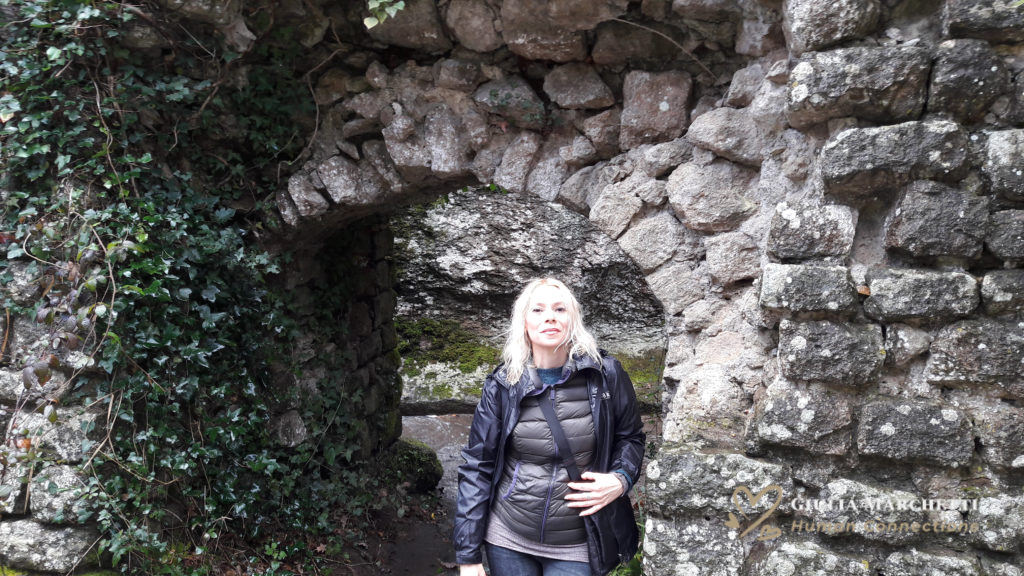
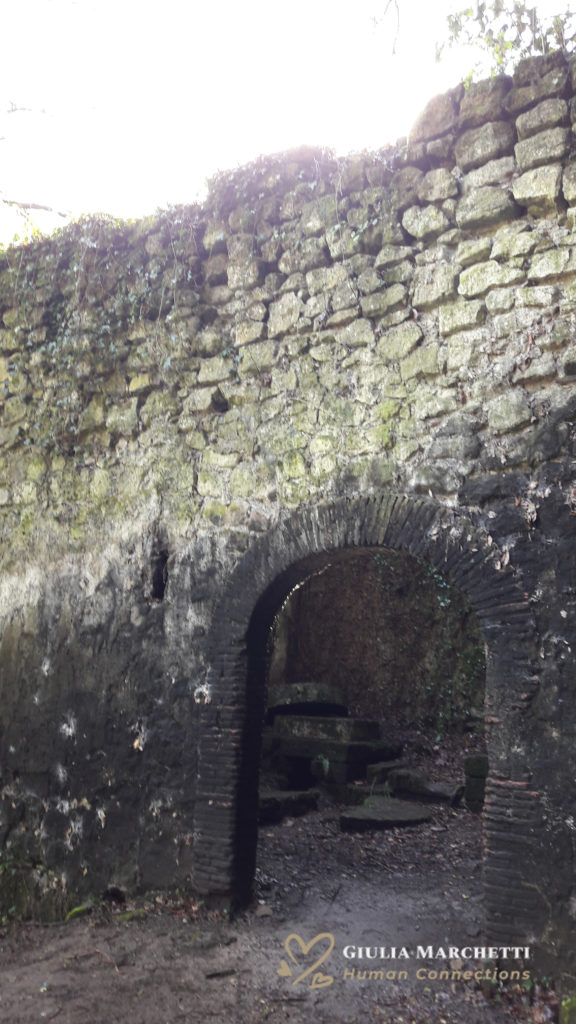
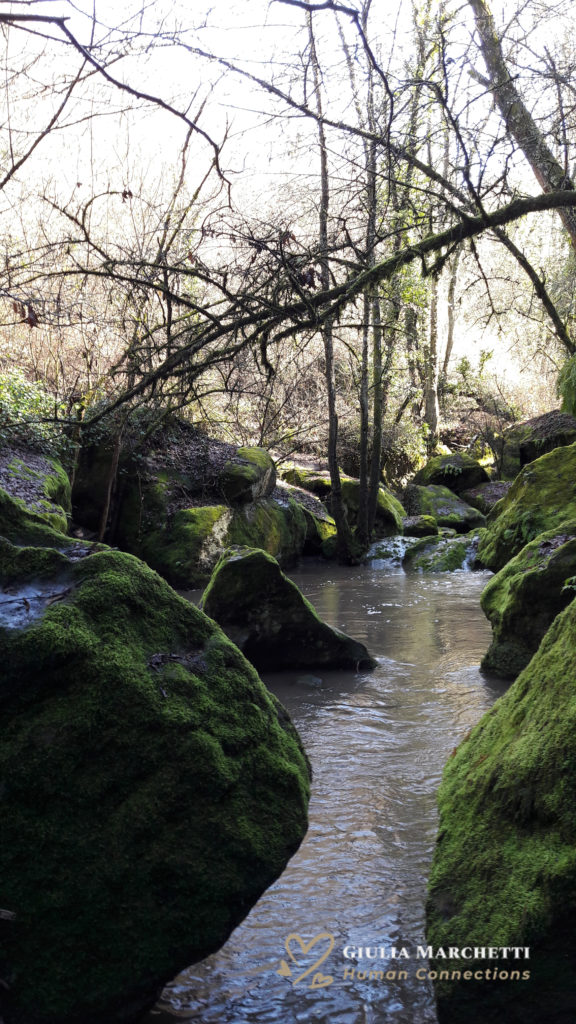
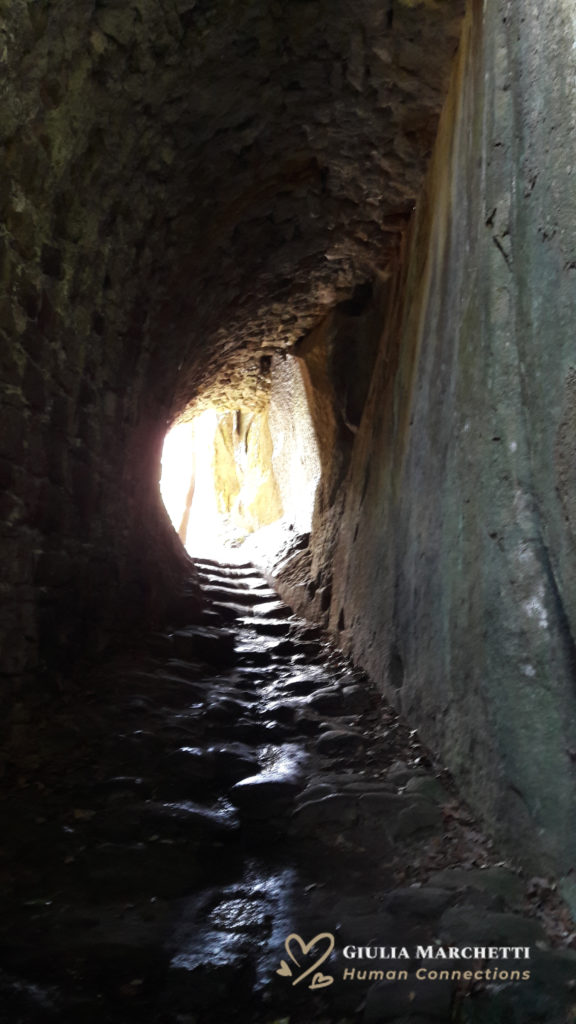
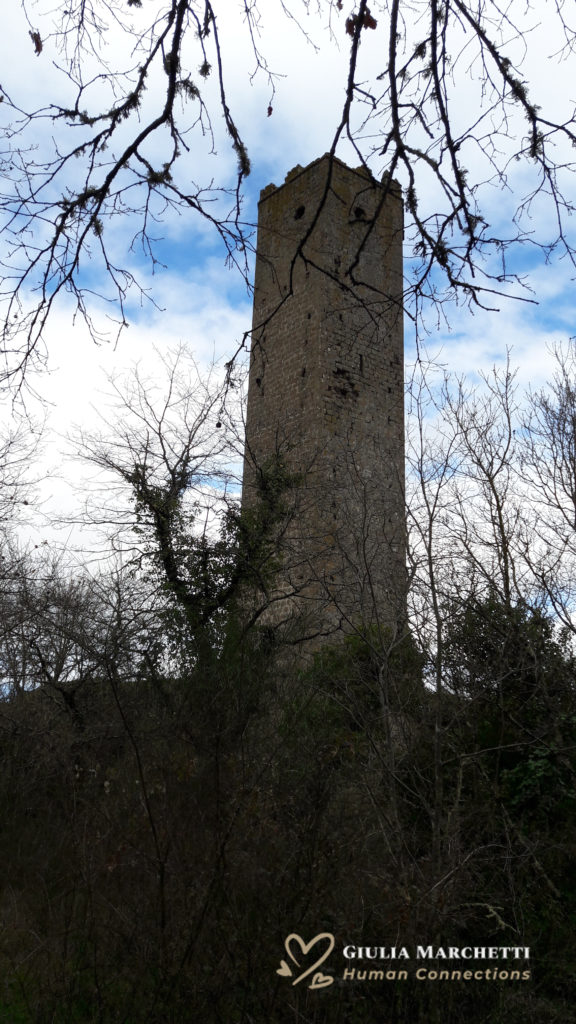
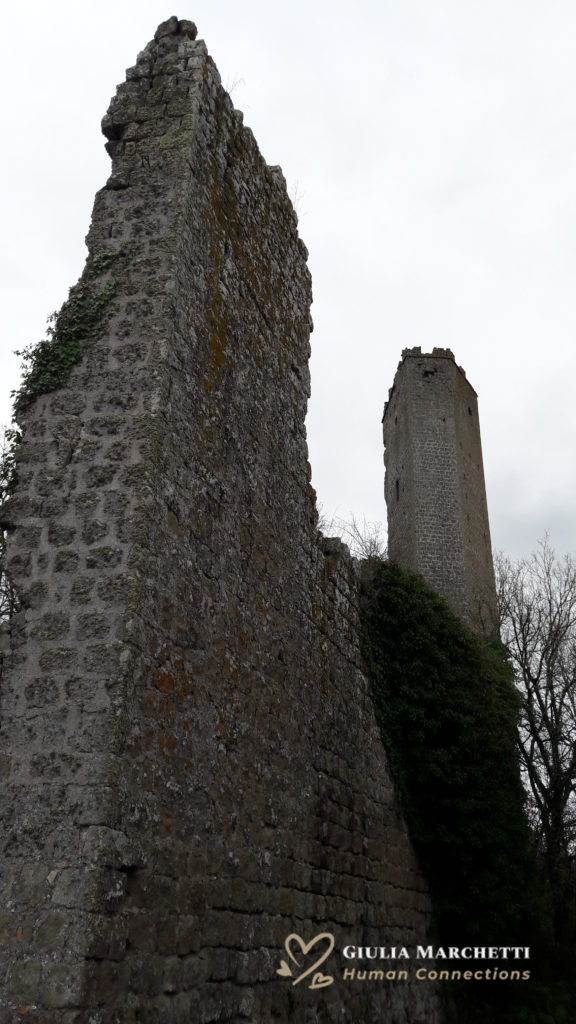
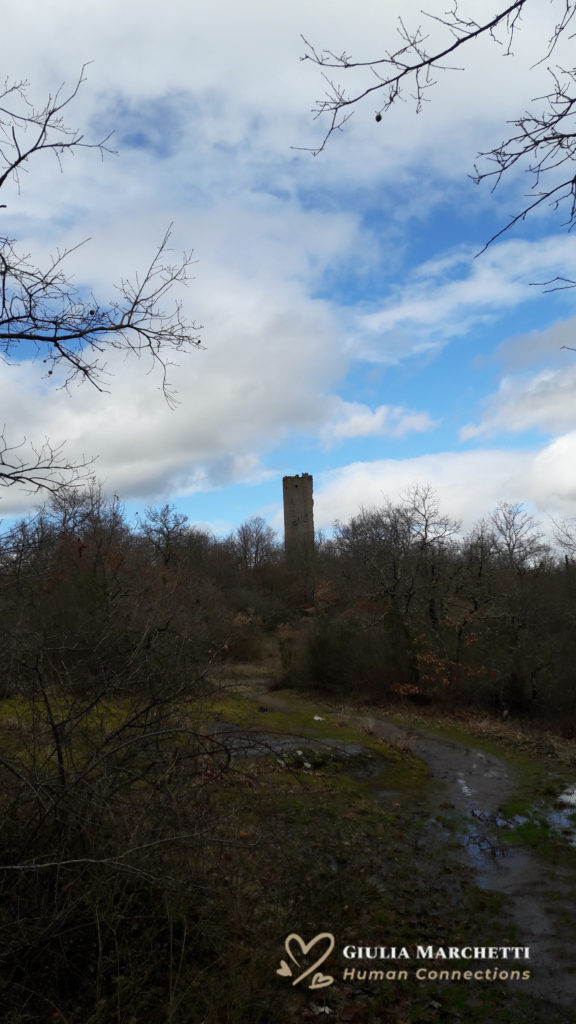
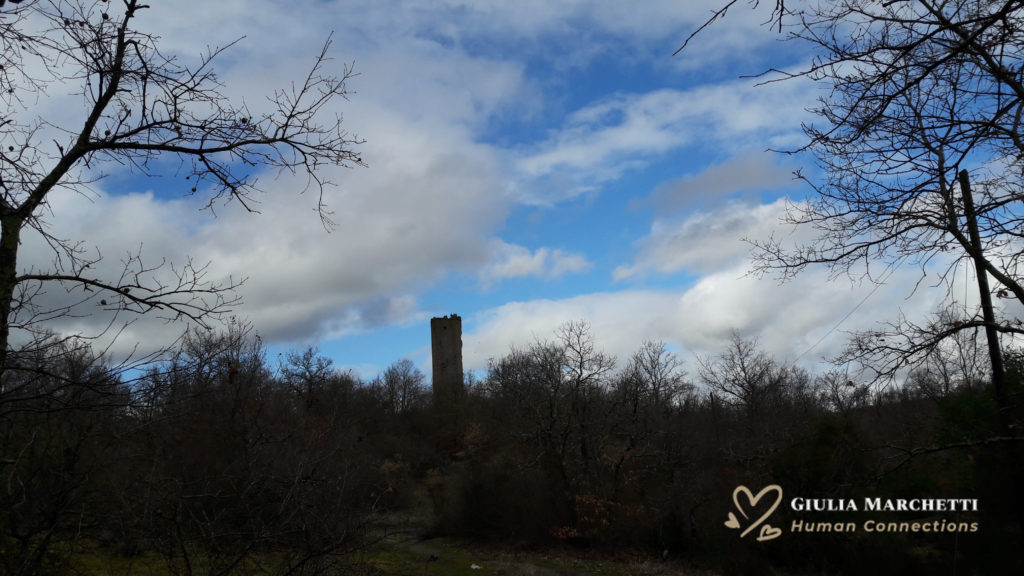
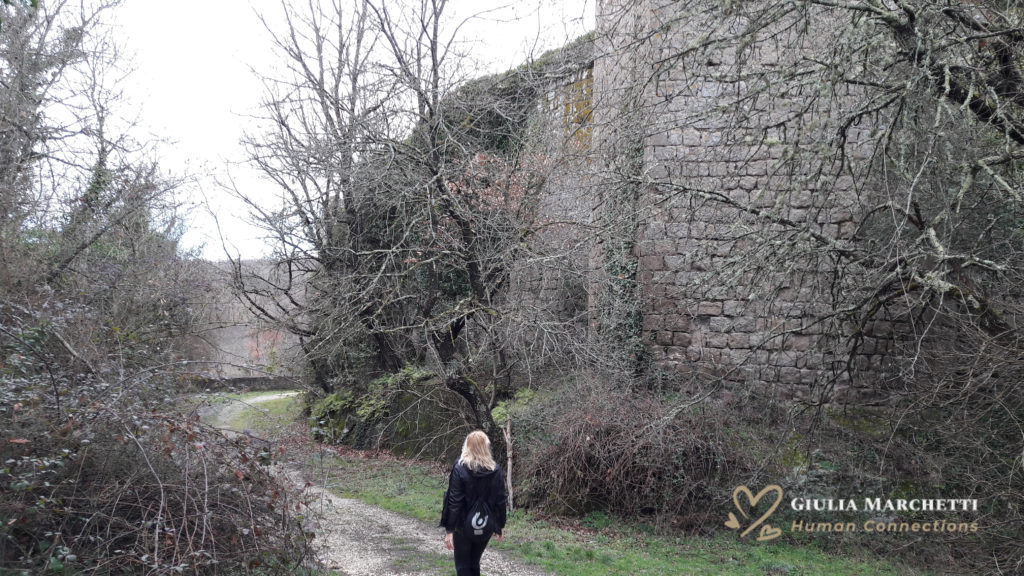
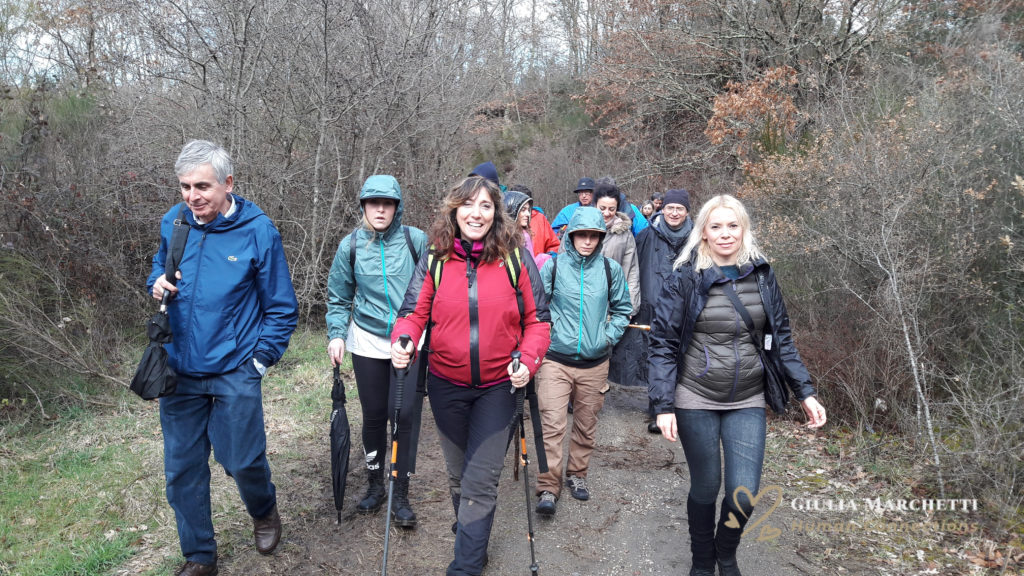
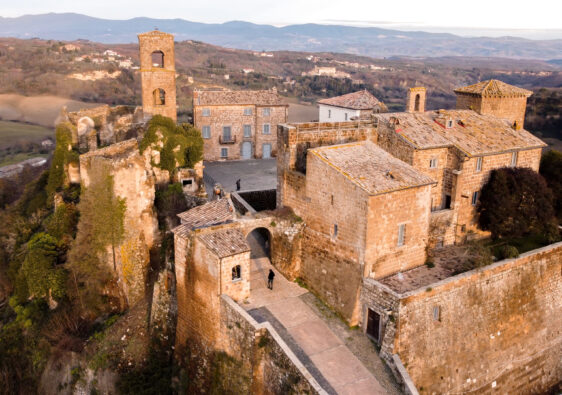
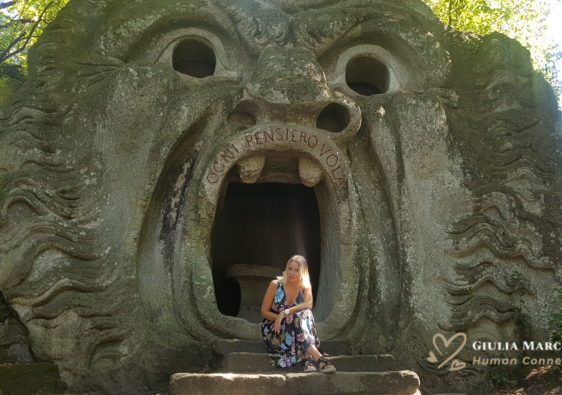
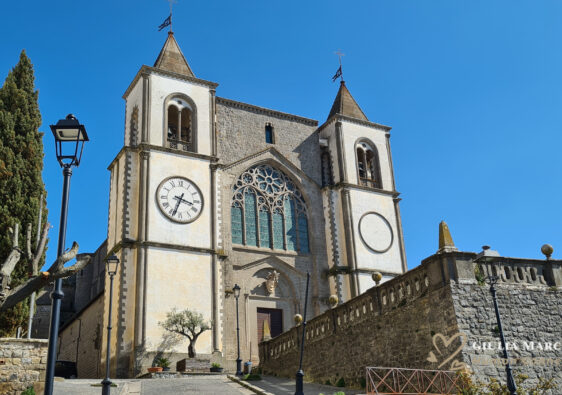
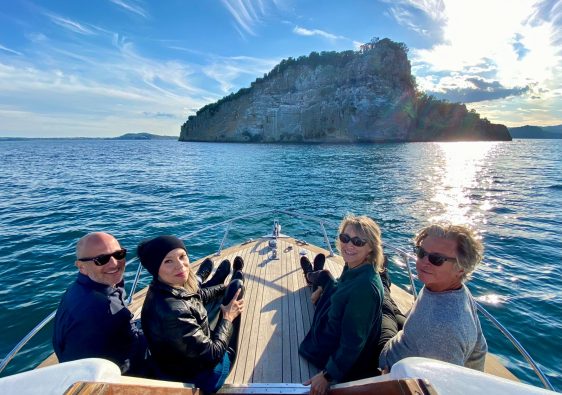
https://waterfallmagazine.com
Have you ever thought about publishing an ebook or
guest authoring on other sites? I have a blog based upon on the same topics you discuss and would really like to have you share some stories/information. I know
my readers would appreciate your work. If you’re even remotely interested, feel free to shoot me an e mail.
Thank you so much for your kind offer. I will think it over 😉
Etruscan people don’t exist anymore! All that’s left of what once was are burial sarcophagus or funeral art. Their art featured them to have high cheekbones, curly dark hair, almond eyes that to me appear more slanted than almond, and they were of brown complexion! They assimilated into Roman society so therefore their uniqueness disappeared! They came from central Italy but the inhabitants of Tuscany are more genetically related to the people of Turkey than the Etruscans! Their civilization just ran out so you really can’t say if there are any true Etruscans because no one has no way of knowing this!
Thank you so much for your contribution